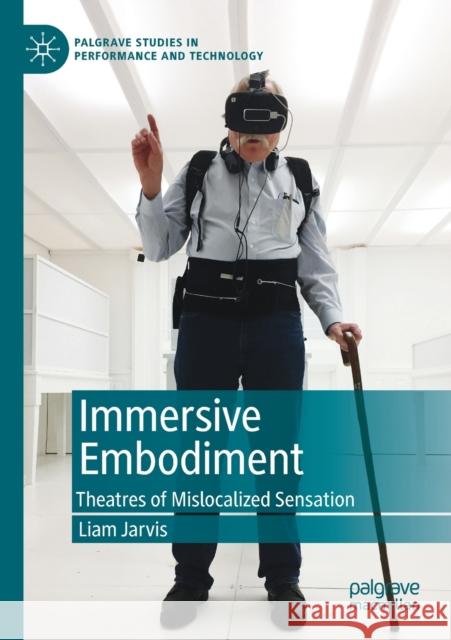Immersive Embodiment: Theatres of Mislocalized Sensation » książka
topmenu
Immersive Embodiment: Theatres of Mislocalized Sensation
ISBN-13: 9783030279738 / Angielski / Miękka / 2020 / 255 str.
Immersive Embodiment: Theatres of Mislocalized Sensation
ISBN-13: 9783030279738 / Angielski / Miękka / 2020 / 255 str.
cena 342,95 zł
(netto: 326,62 VAT: 5%)
Najniższa cena z 30 dni: 308,41 zł
(netto: 326,62 VAT: 5%)
Najniższa cena z 30 dni: 308,41 zł
Termin realizacji zamówienia:
ok. 22 dni roboczych
Bez gwarancji dostawy przed świętami
ok. 22 dni roboczych
Bez gwarancji dostawy przed świętami
Darmowa dostawa!
Kategorie:
Kategorie BISAC:
Wydawca:
Palgrave MacMillan
Seria wydawnicza:
Język:
Angielski
ISBN-13:
9783030279738
Rok wydania:
2020
Wydanie:
2019
Numer serii:
000453760
Ilość stron:
255
Waga:
0.36 kg
Wymiary:
21.01 x 14.81 x 1.57
Oprawa:
Miękka
Wolumenów:
01
Dodatkowe informacje:
Wydanie ilustrowane











